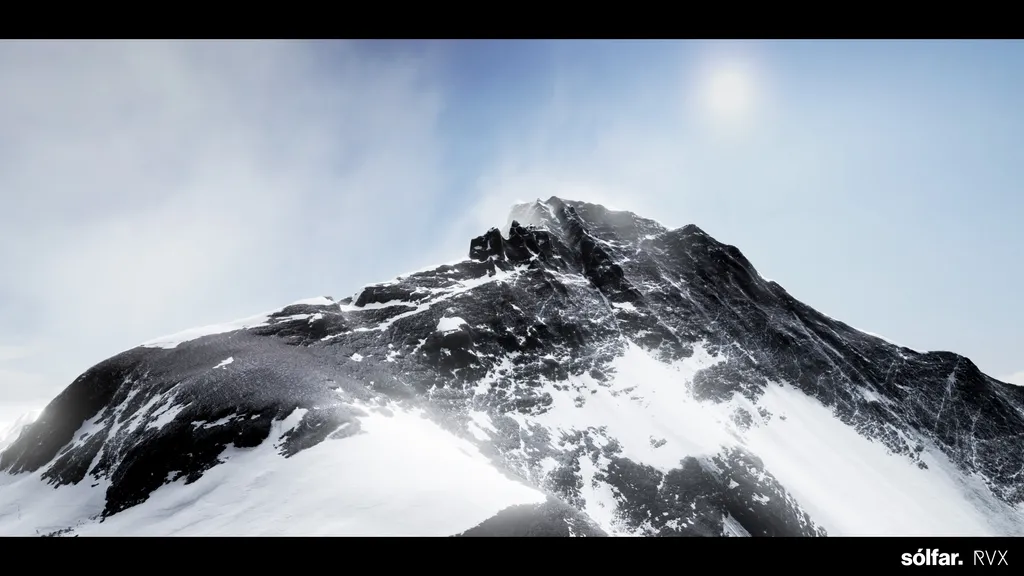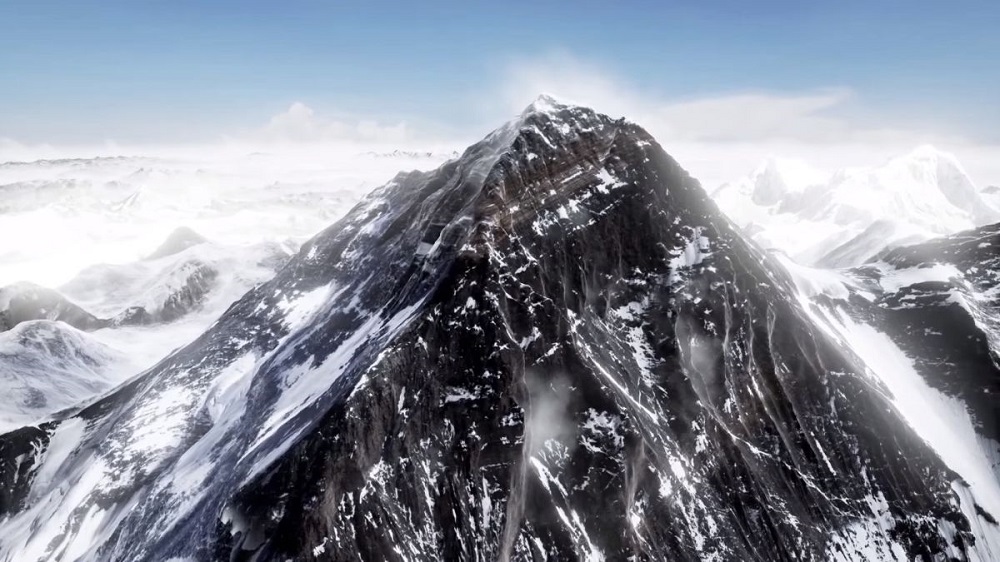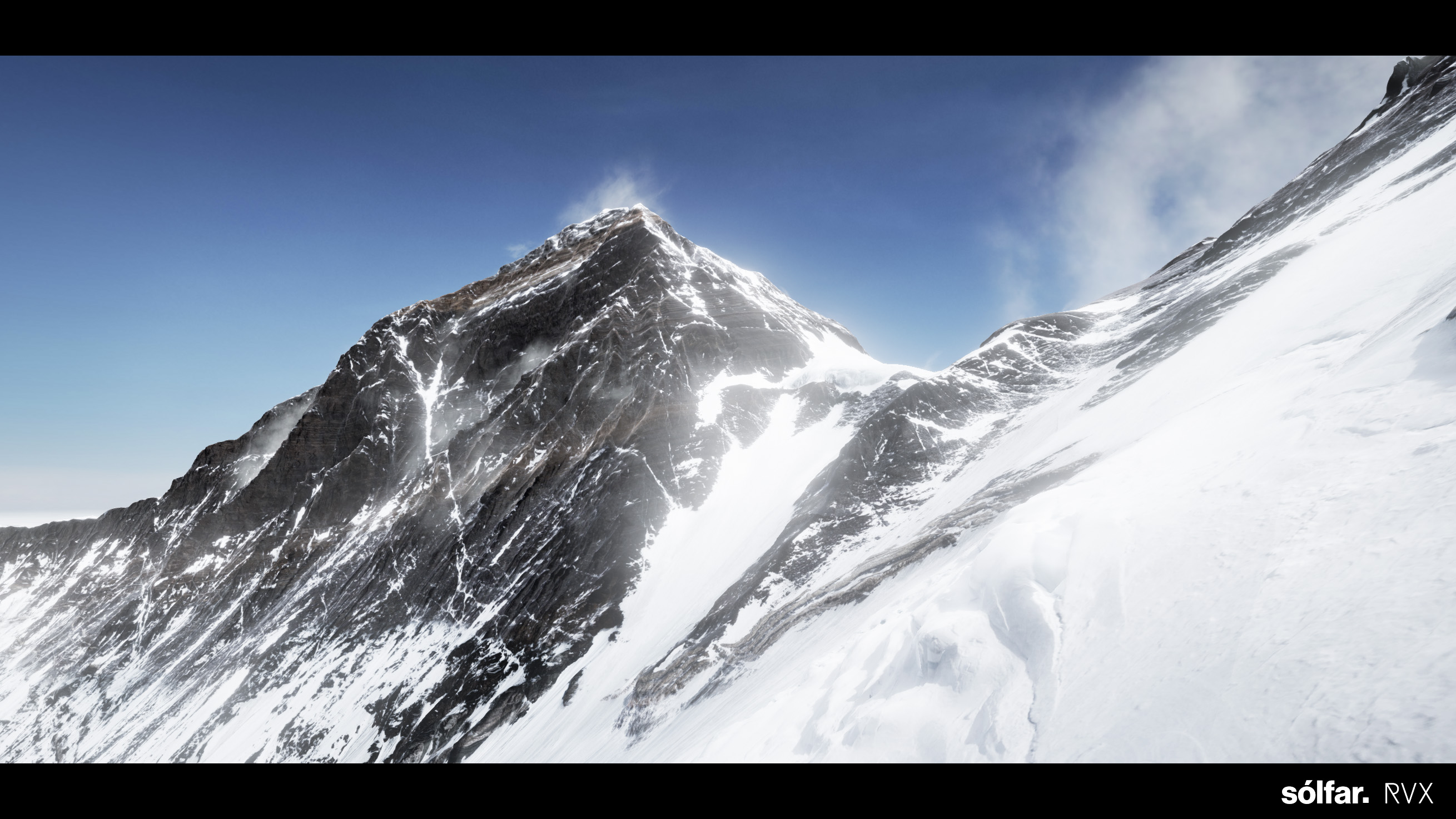I don’t get tired of seeing EVEREST VR, no matter how many events it’s brought to. Sólfar Studios’ beautiful VR adventure has made an appearance at just about every major industry showcase over the past year, but it’s powerhouse portrayal of Room-Scale VR’s potential ensures that I keep coming back to see it again. But while it’s perfect for a vertical slice of VR, I’ve often wondered what the finished product will look like.
So that’s exactly what I asked CEO and co-founder Pierre Emilsson.
Speaking to me last month, Emilsson revealed that EVEREST VR is comprised of “five key sequences” that form what he claims will be a one to one and a half hour experience. It’s designed to give you a taste of the real journey and specifically not as a “gamey” piece with survival mechanics. Instead, Emilsson describes it as a “setting simulator”. You can’t die, for example, but you’ll get a very real sense that you could in places.
It’s something you’ll want to see for yourself and then show others (hence why it’s at so many events), much like Unseen Diplomacy from Triangular Pixels. Everyone wants to experience what it’s like to be on the world’s most iconic mountain, even if they have no intention of going there themselves, so choosing the right moments for players to experience is crucial. Fortunately, it sounds like Sólfar has paid careful consideration to this element.
Of course, EVEREST VR isn’t a massively narrative-driven experience (though it does have a small story), but if you don’t want to know how the journey plays out then we recommend you stop reading here.
Base Camp
As you’d expect, Base Camp is where you’ll begin your journey, but there’s plenty to explore before you head off. It’s here that Sólfar looks to create a “sense of foreboding and awe” with the mountain’s summit ahead of you. You’ll arrive at morning light and discover an altar in which Sherpas give offerings to mountain gods ahead of the perilous journey as part of the Puje Ceremony held at the start of the season. You’ll be able to place items on the altar yourself, hopefully giving you fortune in the quest ahead. In tradition, the direction of a crow’s flight can be either a good or bad omen here, so maybe keep your eye on the skies. Once you’re done here it’s time to really begin.
Khumball Icefall
This is the first leg of the journey, which Emilsson describes as “one of the first major hurdles” and “very dramatic”. It involves a treacherous trek across a tumbling glacier that will offer beautiful sights and deep drops. Sherpas have placed ladders over large crevices that you’ll have to cross, facing a bottomless abyss below. It’s one of the first times the piece will ask you to summon your courage, especially with Room-Scale VR as you edge forward across a creaking chasm. It’s a pretty cinematic experience, replicating tense blockbusters set on the mountain. Once you’re safely on the other side, you’ll fast forward a fair bit.
Camp Four
Skipping over the three camps in between, Camp Four is your final chance to rest up before making your assault on the summit. You’ll arrive at the end of the day and take the opportunity to get some sleep before the last leg of the journey. You won’t have long though, as the race to the top will begin later that night. Emilsson says that the dark of the night here gives the team a chance to explore more of a range of lighting on the mountain, so savour the chance to see something different at this point. Expect moments like this to really prove what Emilsson means when he describes the game as a “setting simulator”
Ascent
As you might expect, this is the most dangerous section of the mountain. That’s partly due to the fact that climbers are often exhausted by this point, lacking oxygen and sleep. It also doesn’t help that much of the ascent must be tackled in single-file, pigeon stepping along walls with sheer drops below them. I can personally tell you that this is a heart thumping experience, and not something to be missed. As mentioned up top, you can’t die yourself, but you’ll certainly believe you can as you inch closer towards your goal. It might be the hardest part, but Sólfar will also make sure that it’s the most worthwhile.
Summit
Understandably Emilsson stays tight-lipped about what you’ll experience at the top of the mountain, because you’ll really want to see it for yourself. This is the big payoff, no doubt with stunning views to reward your efforts. Hopefully it’s something you’ll want to keep coming back to.
God Mode
Once you’ve climbed the mountain then you’ll probably want to take your friends on the same tip, but Sólfar is also preparing a neat extra for Google Earth fans. The entirely mountain can be viewed from above in a sort of ‘God Mode’, allowing you to see it from any angle and zoom in and out at will. Emilsson says this is one of his personal favourite components of the game, and where the work done by Nordic visual effects company RVX really shines.
The good news is that you’ll get to see all of this soon enough; Emilsson says that it “won’t be long” before EVEREST VR launches, though wouldn’t provide a specific release date. Following that, the developer also hopes to bring the game to Oculus Rift – once the Oculus Touch controllers launch in H2 2016 – and PlayStation VR, presumably with support for the PlayStation Move motion controllers when it launches in October. The VR-only studio is also working on Godling for PSVR, which it will turn its attention back towards in the near future.
Best gear up; VR’s hike of a lifetime is nearly with us.




























